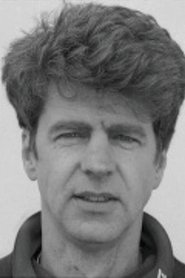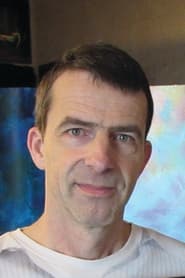
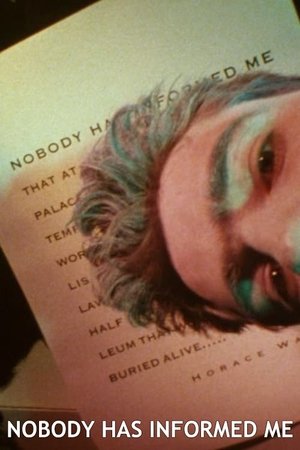
Nobody Had Informed Me(1989)
Menno de Nooijer had previously collaborated on Paul's films, but this one marks the launch of a directors' team that lasts until today. Two man stick their heads through a decor, photographs revolve around their heads. Unfettered reflection on their own work, the basic assumption being a quote from 18th-century writer Horace Walpole, which also appears in other titles of their films: 'Nobody had informed me that at one view - I should see a palace, a town, a fortified city, - temples on high places […]'. In 1989, this film was granted the jury award at the Holland Animation Film Festival. (filmcommission.nl)
Movie: Nobody Had Informed Me
Similar Movies
 7.0
7.0Land Without Bread(es)
An exploration —manipulated and staged— of life in Las Hurdes, in the province of Cáceres, in Extremadura, Spain, as it was in 1932. Insalubrity, misery and lack of opportunities provoke the emigration of young people and the solitude of those who remain in the desolation of one of the poorest and least developed Spanish regions at that time.
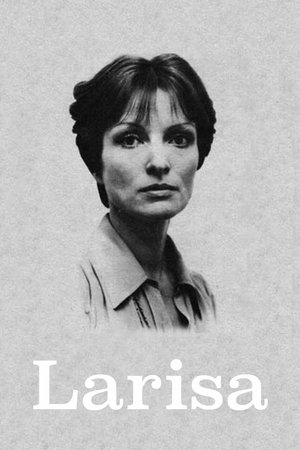 5.9
5.9Larisa(ru)
Elem Klimov's documentary ode to his wife, director Larisa Shepitko, who was killed in an auto wreck.
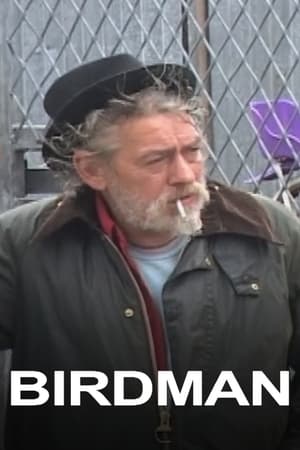 3.4
3.4Birdman(en)
A portrait of Robert, a troubled but poetic soul struggling with his purgatorial existence in a hackney scrapyard.
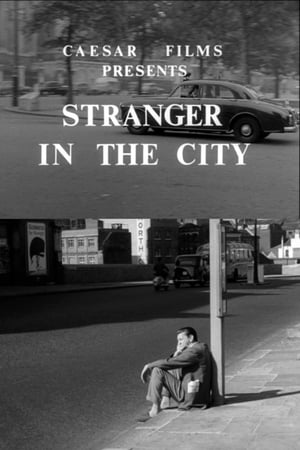 0.0
0.0Stranger in the City(en)
Aspects of a London day, including prostitutes on street corners, a striptease show and the 2i's Coffee Bar.
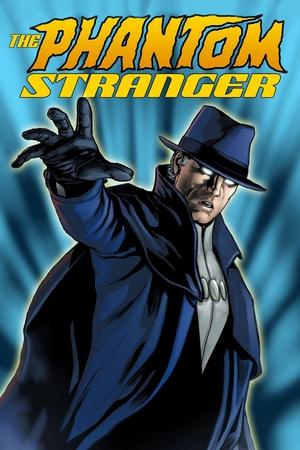 6.8
6.8DC Showcase: The Phantom Stranger(en)
Jess joins her friends at a party in a dilapidated mansion hosted by the mysterious Seth. When odd things begin to happen to Jess and her friends, the Phantom Stranger intervenes to save her from a dreary fate.
 0.0
0.0The Caves of the Air(es)
Three friends talk about the legend of ´the caves of the air´, an ancestral site near a village where many people have disappeared mysteriously.
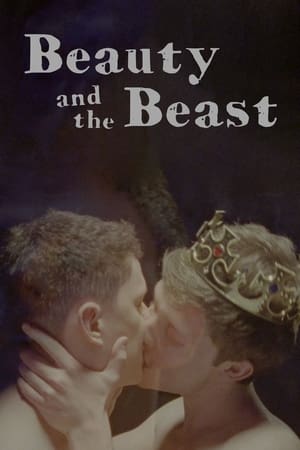 10.0
10.0Beauty and the Beast(fr)
Tonight's program has been composed by and for grown-ups who are children at heart. Eternal history, the tale of Belle-Rose. Also known as Beauty and the Beast.
 6.7
6.7Workers Leaving the Lumière Factory(fr)
Working men and women leave through the main gate of the Lumière factory in Lyon, France. Filmed on 22 March 1895, it is often referred to as the first real motion picture ever made, although Louis Le Prince's 1888 Roundhay Garden Scene pre-dated it by seven years. Three separate versions of this film exist, which differ from one another in numerous ways. The first version features a carriage drawn by one horse, while in the second version the carriage is drawn by two horses, and there is no carriage at all in the third version. The clothing style is also different between the three versions, demonstrating the different seasons in which each was filmed. This film was made in the 35 mm format with an aspect ratio of 1.33:1, and at a speed of 16 frames per second. At that rate, the 17 meters of film length provided a duration of 46 seconds, holding a total of 800 frames.
Artist Unknown(en)
A short documentary on how people view art and its value in today's society.
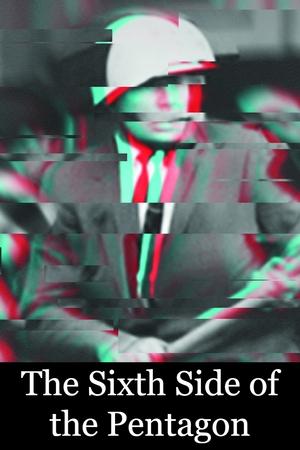 6.2
6.2The Sixth Side of the Pentagon(fr)
On October 21, 1967, over 100,000 protestors gathered in Washington, D.C., for the Mobilization to End the War in Vietnam. It was the largest protest gathering yet, and it brought together a wide cross-section of liberals, radicals, hippies, and Yippies. Che Guevara had been killed in Bolivia only two weeks previously, and, for many, it was the transition from simply marching against the war, to taking direct action to try to stop the 'American war machine.' Norman Mailer wrote about the events in Armies of the Night. French filmmaker Chris Marker, leading a team of filmmakers, was also there.
 8.2
8.2Night and Fog(fr)
Filmmaker Alain Resnais documents the atrocities behind the walls of Hitler's concentration camps.
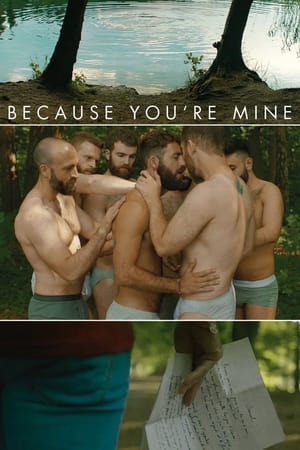 1.0
1.0Because You're Mine(fr)
Torn by the farewell letter of his boyfriend, Samuel tries to change his ideas in nature. The forest will bring him a strange and sensual consolation…
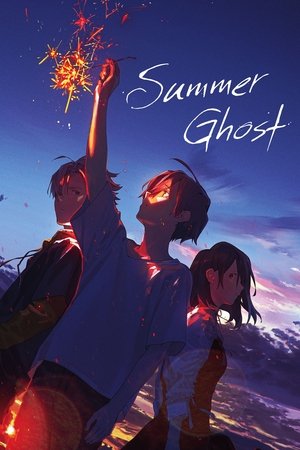 7.3
7.3Summer Ghost(ja)
An urban legend says that lighting fireworks at an abandoned airfield will beckon the "summer ghost," a spirit that can answer any question. Three teenagers, Tomoya, Aoi, and Ryo, each have their own reason to show up one day. When a ghost named Ayane appears, she reveals she is only visible to those "who are about to touch their death." Compelled by the ghost and her message, Tomoya begins regularly visiting the airfield to uncover the true purpose of her visits.
The Edge of Limbo(fr)
Samentha is a mediator for the spirits haunting her apartment. One morning, she has to confront repairman Christophe, who apparently caused grievous harm in the past but denies all accusations.
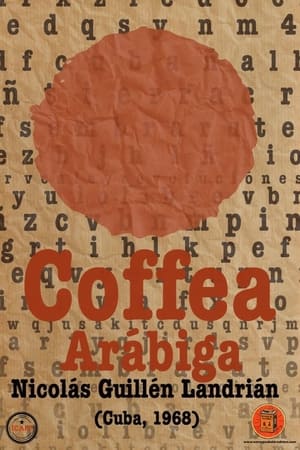 5.2
5.2Arabian Coffee(es)
'Coffea arábiga' was sponsored as a propaganda documentary to show how to sow coffee around Havana. In fact, Guillén Landrián made a film critical of Castro, exhibited but banned as soon as the coffee plan collapsed.
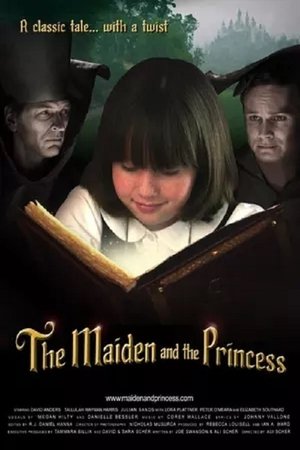 4.0
4.0The Maiden and the Princess(en)
During a game of catch-the-boy-and-kiss-him, Emmy, a precocious ten-year-old, kisses another little girl, Alice.
 6.9
6.9Team Thor: Part 2(en)
A continuation of the documentary spoof of what Thor and his roommate Darryl were up to during the events of "Captain America: Civil War". While Cap and Iron Man duke it out, Thor tries to pay Darryl his rent in Asgardian coins.
 3.5
3.5Making of KAMEN RIDER GAIM : Soccer Grand Final! Golden Fruit Contest! Hero Japan's National Team Summer(ja)
Making-of DVD for a film of tokusatsu series "Kamen Rider Gaim" starting to be shown at theaters from July 2014. Includes a documentary of the shooting scenery and interviews with staff and cast. Was included as a Bonus disc with Blu-ray version of the film. Complete recording of the filming site of the movie that you can't miss!/Full recording of the filming site of "Theatrical version Kamen Rider Gaim Soccer Great Decisive Battle! Golden Fruit Scramble!" released in July 2014! and interviews with guest cast members such as Masafumi Nakayama and Ainosuke Kataoka!! / Release the making video that will definitely make the movie more interesting than anywhere else!
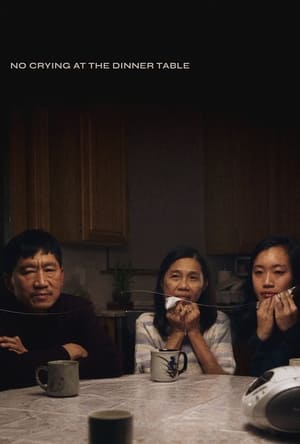 7.3
7.3No Crying at the Dinner Table(en)
Filmmaker Carol Nguyen interviews her own family to craft an emotionally complex and meticulously composed portrait of intergenerational trauma, grief, and secrets in this cathartic documentary about things left unsaid.
 5.8
5.8Rocky Jumped a Park Bench(en)
A location tour of the Rocky filming locations in Philadelphia.
